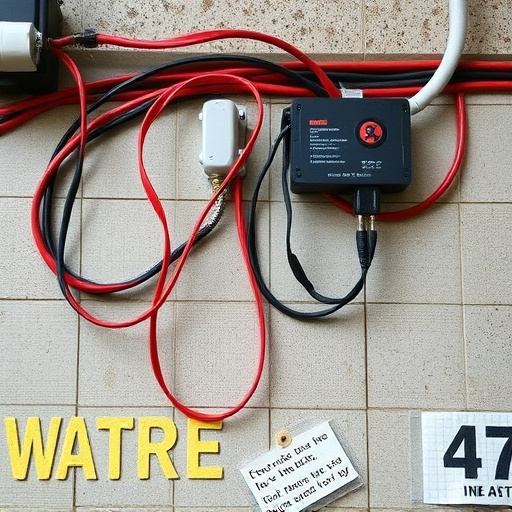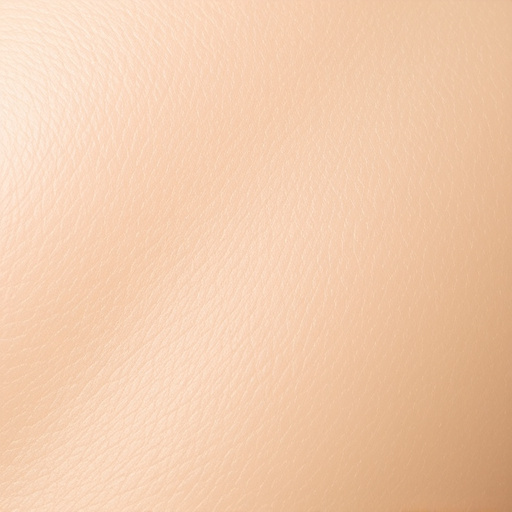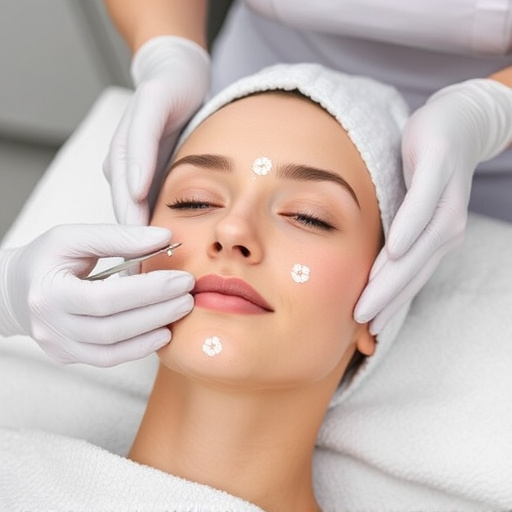Facial laser hair removal is a popular, long-lasting method reducing hairiness by targeting melanin in follicles with intense light pulses. Modern lasers penetrate skin to disrupt hair growth cycle, leading to finer, lighter hairs over multiple sessions. Customized facials combining brightening and hydrating techniques enhance results, leaving smoother, more radiant skin. Effectiveness depends on laser type, hair/skin characteristics, technician skill, growth patterns, and requires regular touch-ups for sustained outcomes.
Looking for a permanent solution to unwanted facial hair? Discover the truth about facial laser hair removal and its claimed permanence. This comprehensive guide explores the technology behind the treatment, delving into the science that promises long-lasting results. We’ll also examine factors influencing the longevity of these outcomes, providing insights to help you make an informed decision regarding this popular aesthetic procedure.
- Understanding Laser Hair Removal Technology
- The Science Behind Permanent Results
- Factors Influencing Longevity of Results
Understanding Laser Hair Removal Technology

Facial laser hair removal has become a popular beauty trend due to its ability to offer long-lasting results. This technology utilizes intense pulses of light energy, specifically targeting the pigment in hair follicles. The process is designed to damage the follicle and inhibit future hair growth, leading many to question its permanence. Unlike traditional methods like shaving or waxing, which provide only temporary relief, laser treatments aim for a more lasting solution.
The effectiveness lies in the precision of the technology. Modern lasers can penetrate the skin’s surface, targeting melanin in the hair shaft. This precise approach ensures that the energy is absorbed by the unwanted hairs, heating them up and disrupting their growth cycle. Over multiple sessions, as the hair grows back, it becomes finer and lighter, leading to a significant reduction in overall hairiness. Moreover, customized facials, incorporating skin brightening and hydrating techniques, can enhance the results, making the skin smoother and more radiant after each treatment.
The Science Behind Permanent Results

The science behind permanent facial laser hair removal lies in targeting the follicle—the part of the hair root responsible for growth. High-energy light beams are precisely delivered to interrupt the growth cycle, damaging or destroying the follicle. This process prevents new hair from growing in the treated area over an extended period. While some hair may reappear after several weeks or months, it often grows back thinner and lighter, significantly reducing the need for repeated treatments.
Personalized skincare plays a crucial role in enhancing these permanent results. After laser hair removal, a medical spa’s expertise can help maintain optimal skin health through tailored treatments, including wrinkle reduction techniques. These professional services ensure that the skin is well-cared for, promoting a smooth and hair-free complexion that lasts longer with proper aftercare.
Factors Influencing Longevity of Results

The effectiveness and longevity of facial laser hair removal depend on several factors. One key influencer is the type of laser used; different wavelengths target specific hair types and pigment levels, leading to varying outcomes. Additionally, the thickness and color of the hair play a role—thicker or darker hairs often require more treatments for permanent reduction.
Other considerations include the skill and experience of the technician, as well as patient skin tone and hair growth patterns. Regular touch-ups are usually necessary to maintain results, especially for areas with faster regrowth or lighter hairs. Incorporating anti-aging treatments like wrinkle reduction techniques alongside laser hair removal can also enhance overall skin health and appearance over time.
Facial laser hair removal has established itself as a reliable method for achieving long-lasting, if not permanent, results. The science behind it lies in targeting melanin, the pigment in hair follicles, with precise lasers that disrupt their growth cycle. While individual experiences may vary, the technology’s effectiveness is well-documented. Several factors, including skin and hair types, treatment area, and individual metabolism, play a role in determining how long the results last. Regular touch-ups can extend the permanent effects, making facial laser hair removal a convenient and efficient solution for managing unwanted facial hair.














